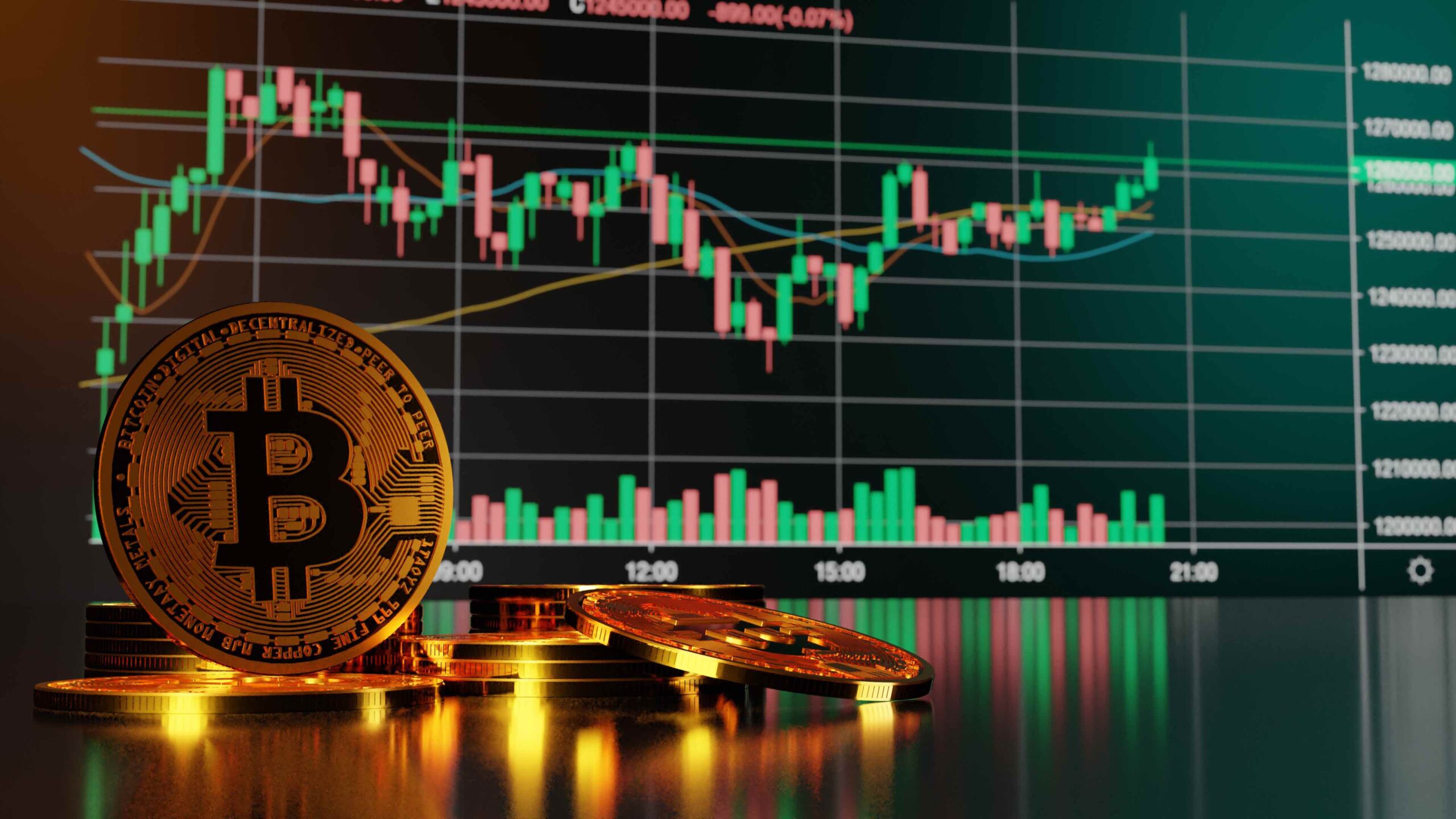Artificial Intelligence (AI) has transformed how people work, interact, and consume information. AI is becoming more prevalent in almost every aspect of life and business, including the cryptocurrency industry. Alethea AI, an open AI developer company, has recently collaborated with London-based artist Robert Alice to create a virtual being, which will be auctioned at Sotheby as the first iNFT.
The phrase iNFT is an abbreviation for “intelligent Non-Fungible Token.” In simple terms, an iNFT uses artificial intelligence’s generative powers to bring the underlying unique digital item of its NFT to life. Combining artificial intelligence (AI) and non-fungible tokens (NFTs) isn’t totally a novel idea. Start-ups such as Eponym have released AI algorithms that convert text into abstract art that can be sold on NFT marketplaces. This article will talk about what iNFT exactly is and how it works.
What exactly is an iNFT?
An iNFT is a smart NFT that includes a GPT-3 prompt as part of its immutable smart contract. In addition to being intelligent, the iNFT generated is interactive and animated due to the prompts stored in the smart contract layer. Furthermore, the hardcoded prompts use a cutting-edge transformer language model to enable generative possibilities thanks to recent advances in few-shot and single-shot learning.
INFTs can be compared to humans in three ways:
- The body (ERC 721, which displays the image/PFP)
- Soul (A Pod with Various Levels of Intelligence)
- Mind (The mind performs higher-order tasks as the soul matures and reaches higher levels of intelligence)
Because of their combination of AI, decentralization, blockchain provenance, and tokenized incentives, Alethea’s developers decided to use iNFTs as a medium for preserving cultural history.
iNFT Properties
Embedded Intelligence
GPT-immutable X’s architecture includes a pre-defined or evolving prompt that creates generative possibilities in an interactive conversation.
Self-Learning
Acquires knowledge and unlocks new aspects of intelligence for the owner, creator, and, eventually, the entire network.
Valuable and fractionable
Accumulates value that can be accessed by the owner and creator, as well as their communities, through fractional ownership.
Token-based
Non-fungible Token based on Ethereum ERC 721 or ERC-1155 (NFT)
Permissionless
It can be used by anyone and is unaffected by censorship.
Metaverse Agnostic
Open and accessible via the internet, as well as multiplatform integrative.
How does it work?
The iNFT Protocol can convert any NFT into an iNFT. This is accomplished by combining the NFT with the Personality Pod, an ERC-721 asset. After fusing with a Personality Pod, the NFT develops its own AI-powered personality. The iNFT Protocol is a set of Ethereum-based smart contracts that allow anyone to create an intelligent Non-Fungible Token (iNFT) without requiring permission. In effect, the iNFT Protocol maintains an immutable registry of NFT-Personality Pod fusions. As long as it’s attached to a Personality Pod, an NFT qualifies as an iNFT. Technically speaking, fusion involves securing the Personality Pod within the smart contracts of the iNFT Protocol while leaving the user’s NFT unaffected.
Conclusion
A powerful new medium, the iNFT, aims to increase the utility of NFTs while also enabling new economic, creative, and social opportunities. With the emergence of text-to-art AI algorithms, it’s already gaining traction in the NFT avatar and NFT art spaces. The combination of AI and NFTs has the potential to be the next big thing in the cryptocurrency world.



